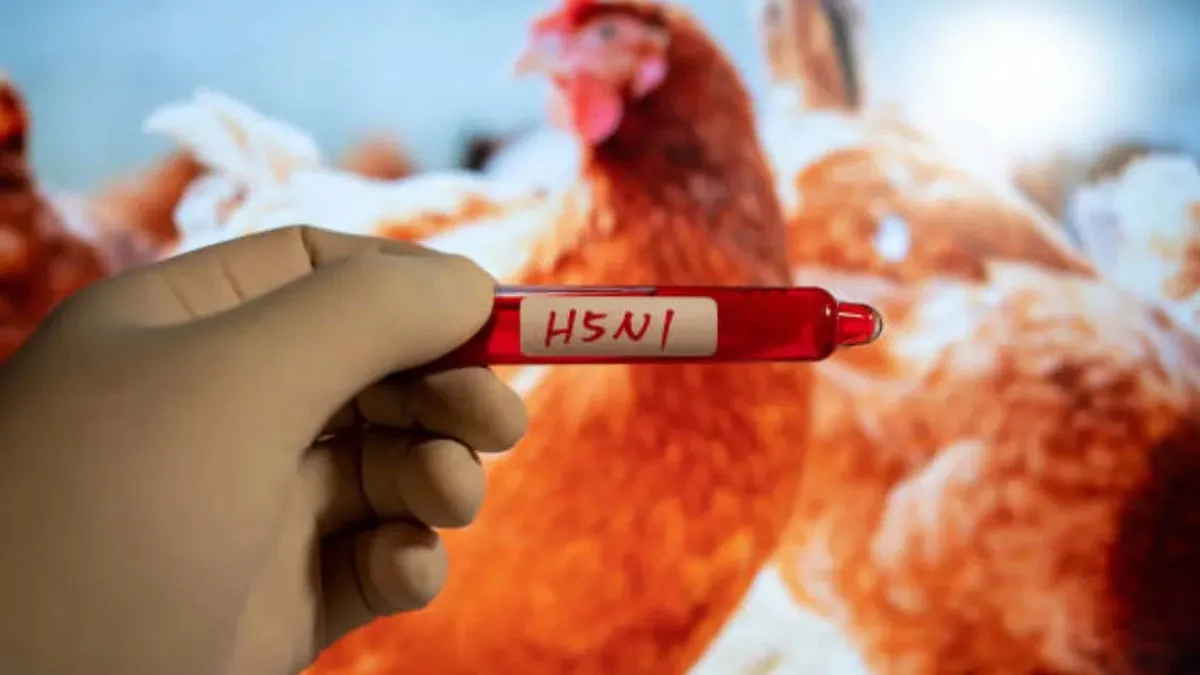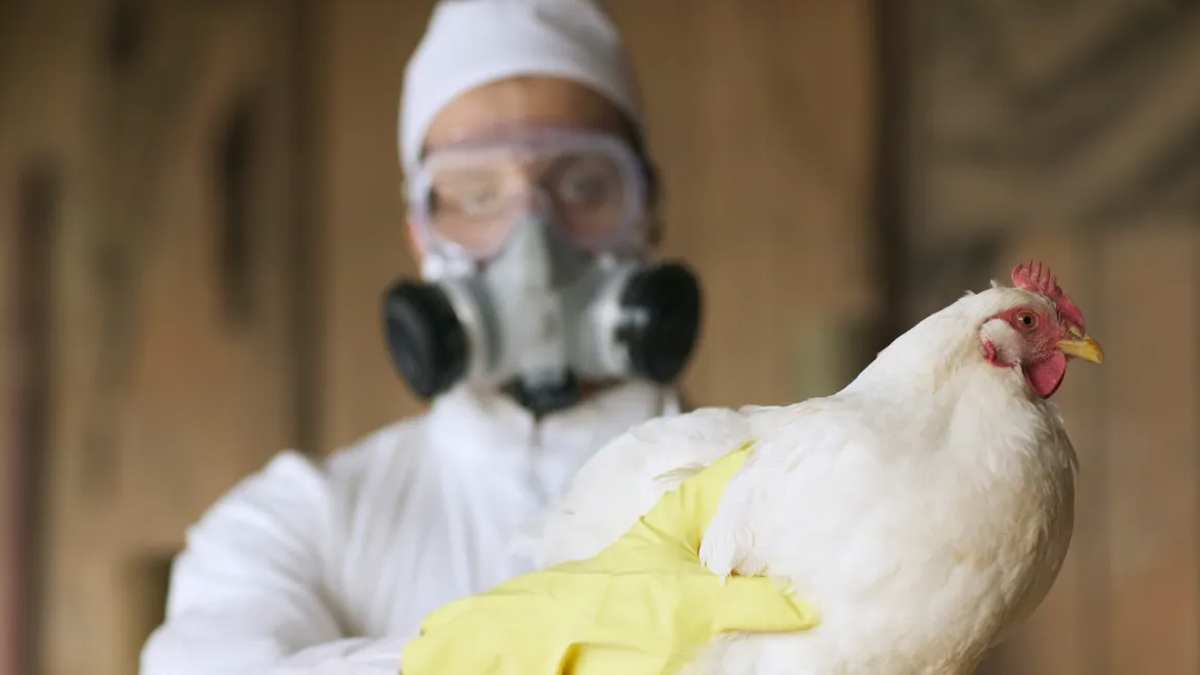
The CDC has confirmed another human case of H5N1 avian influenza in California. This latest incident, involving a young child from San Francisco, adds to a growing list of infections nationwide, bringing the total to 67. The child experienced fever and conjunctivitis but did not require hospitalisation and has since recovered.
Table of Content:-
California continues to be the epicentre of the outbreak, with 38 confirmed cases reported so far. Most cases in the state have been traced back to exposure to infected poultry and sick dairy cows. However, two cases involving children remain puzzling, with no identifiable source of exposure.
Vulnerable Groups Identified

Certain groups are at a higher risk of contracting H5N1, despite CDC’s assurance that the overall risk of spread remains low. These groups include:
- Backyard Poultry Owners
- Fark workers in contact with infected animals
- Veterinarians
- Public health officials involved in outbreak control
Also Read: H5N1 Alert: US Health Department Accelerates New Bird Flu Vaccine Development Amid Pandemic Scare
Dr Nirav Shah, the CDC’s principal deputy director, emphasised the importance of early testing and treatment. “Prompt action is essential to contain the spread and manage cases effectively,” he said.
Challenges In Diagnosis And Treatment
One of the biggest challenges that CDC is currently facing is the delay in diagnosing bird flu. The agency has urged healthcare providers to increase testing, particularly for hospitalised patients exhibiting flu-like symptoms. A recent advisory recommends performing a second avian flu test within 24 hours of a patient’s admission if H5N1 is suspected.

In suspected cases, the CDC advises initiating antiviral treatments without waiting for test results. Delayed diagnosis and treatment can hinder outbreak investigations, delay effective care, and compromise the infection control efforts.
Public health officials warn that sending samples to specialised labs for testing can take days. In some cases, patients may be discharged before results are available, complicating efforts to trace exposure sources and administer timely treatments to close contacts.
Also Read: Study Links Consumption Of Red Meat To Increased Dementia Risks
Details Of H5N1 Outbreak
The ongoing H5N1 outbreak has caused several severe cases, including the first U.S. death from bird flu in Louisiana earlier this year. The victim, a man with direct exposure to infected poultry, highlighted the risks associated with close contact with infected animals.
In Canada, a young girl required two months of hospitalisation after contracting the virus, underscoring the potential severity of the disease. Additionally, the virus has been detected in domestic cats, with infections linked to raw pet food or milk.

These incidents demonstrate the far-reaching impact of the virus and the importance of robust preventive measures to limit its spread.
Preventive Measures
The CDC has issued specific recommendations to curb the spread of avian influenza:
- Avoid direct contact with wild birds, poultry, or infected animals.
- Use personal protective equipment (PPE) when handling potentially infected animals or materials.
- Refrain from consuming raw milk or products derived from raw milk.
- Avoid contaminated surfaces, such as bedding or litter from infected animals.
- Ensure rapid testing for hospitalised patients with flu-like symptoms, sending specimens for H5N1 testing promptly.
Dr. Shah highlighted the urgency of distinguishing H5N1 from seasonal influenza, as the symptoms often overlap. “Accelerating testing and treatment is critical for managing outbreaks and protecting public health,” he said.
Bottomline
Health experts are continuously looking out for genetic changes in the virus or increased severity of cases, which could raise the threat level. While the general public is not at significant risk, those in close contact with animals—particularly farm workers and veterinarians—should remain vigilant and follow CDC recommendations.
By adopting preventive measures and acting swiftly, experts believe that the spread of H5N1 can be controlled. The CDC continues to monitor the outbreak closely, emphasising the importance of early detection and intervention to safeguard public health.
Also watch this video
How we keep this article up to date:
We work with experts and keep a close eye on the latest in health and wellness. Whenever there is a new research or helpful information, we update our articles with accurate and useful advice.
Current Version